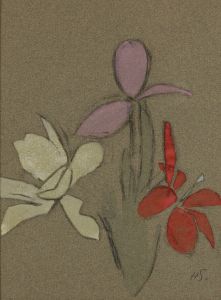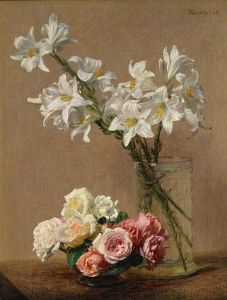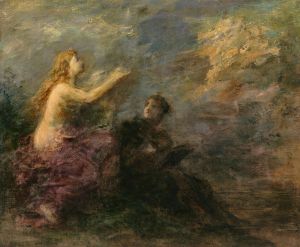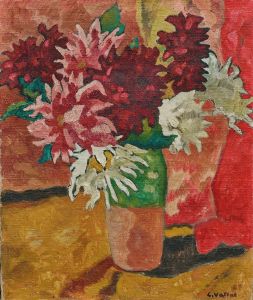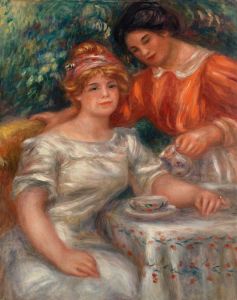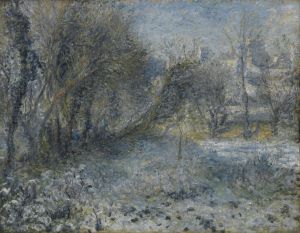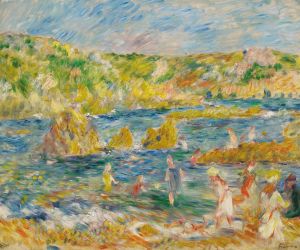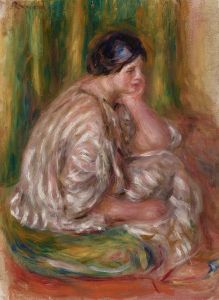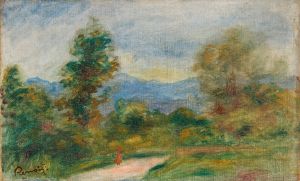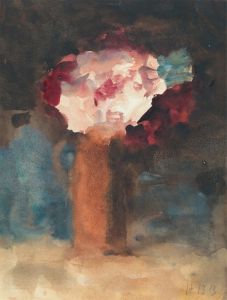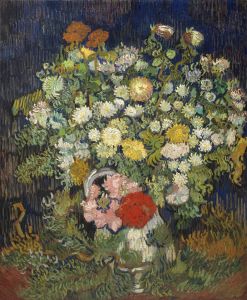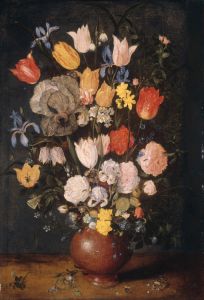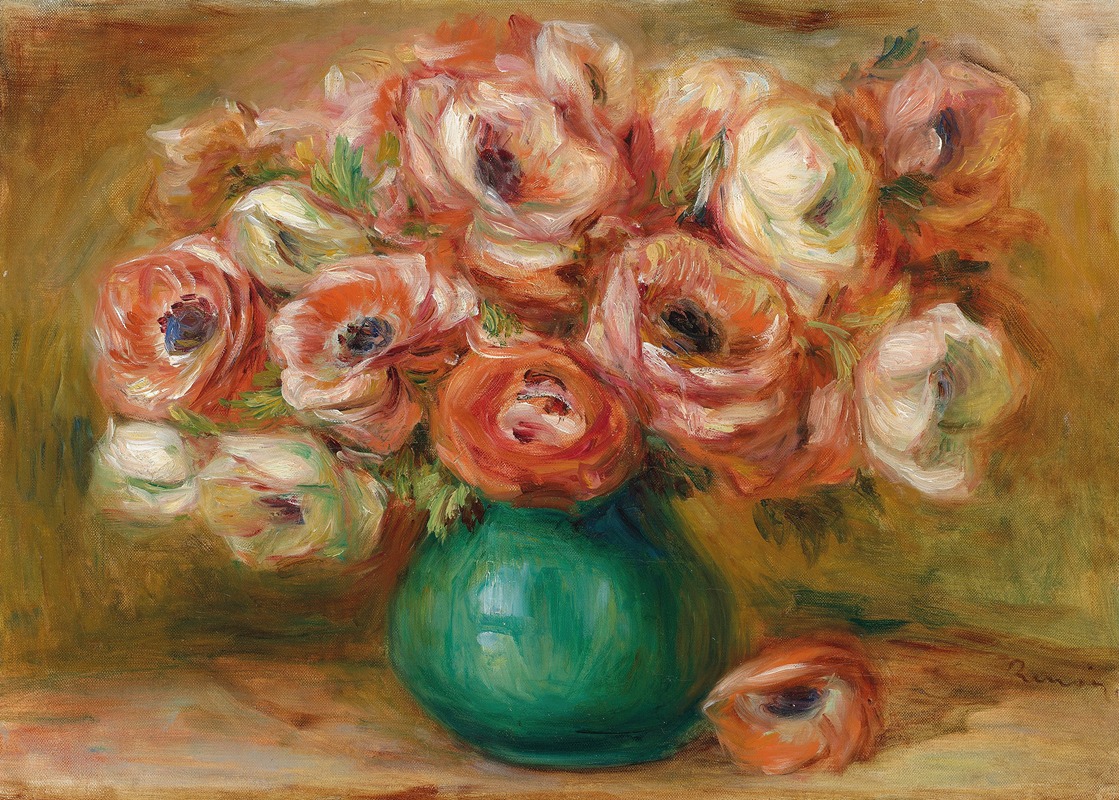
Vase d’anémones
A hand-painted replica of Pierre-Auguste Renoir’s masterpiece Vase d’anémones, meticulously crafted by professional artists to capture the true essence of the original. Each piece is created with museum-quality canvas and rare mineral pigments, carefully painted by experienced artists with delicate brushstrokes and rich, layered colors to perfectly recreate the texture of the original artwork. Unlike machine-printed reproductions, this hand-painted version brings the painting to life, infused with the artist’s emotions and skill in every stroke. Whether for personal collection or home decoration, it instantly elevates the artistic atmosphere of any space.
Pierre-Auguste Renoir, a leading figure in the Impressionist movement, is renowned for his vibrant light and saturated color, often focusing on people in intimate and candid compositions. Among his extensive body of work, "Vase d’anémones" is a notable piece that exemplifies his skill in still life painting, a genre that allowed him to explore color and form in a controlled setting.
"Vase d’anémones" is a still life painting that features a bouquet of anemones arranged in a vase. Renoir's approach to this painting reflects his broader artistic style, characterized by a loose brushwork that captures the essence of the subject rather than its precise details. This technique allows the viewer to experience the vibrancy and life of the flowers, as Renoir focuses on the interplay of colors and the effects of light on the petals and leaves.
The painting is a testament to Renoir's ability to infuse everyday objects with a sense of warmth and vitality. The anemones, with their varied hues, are depicted with a richness that suggests a deep appreciation for the beauty of nature. Renoir's use of color is particularly noteworthy; he employs a palette that includes soft pinks, deep reds, and lush greens, creating a harmonious composition that draws the viewer's eye across the canvas.
Renoir's still lifes, including "Vase d’anémones," often reflect his interest in the decorative arts. The arrangement of the flowers and the choice of vase are carefully considered, contributing to the overall aesthetic appeal of the work. The background of the painting is typically understated, allowing the vibrant colors of the flowers to stand out. This focus on the subject matter is a hallmark of Renoir's still life paintings, where he often sought to capture the transient beauty of flowers in bloom.
"Vase d’anémones" also demonstrates Renoir's mastery of light. The way light interacts with the flowers and the vase adds depth and dimension to the painting. The subtle variations in light and shadow create a sense of realism, while the overall composition maintains the dreamlike quality that is often associated with Impressionist works.
Renoir's contribution to the Impressionist movement is significant, and his still life paintings, such as "Vase d’anémones," offer insight into his artistic process and priorities. While he is perhaps best known for his portraits and scenes of social gatherings, his still lifes reveal a different aspect of his talent, one that is focused on the exploration of color, form, and the beauty of everyday objects.
Today, "Vase d’anémones" is appreciated not only for its aesthetic qualities but also for its place within the broader context of Renoir's oeuvre. It serves as an example of how Renoir was able to apply the principles of Impressionism to a variety of subjects, demonstrating his versatility and enduring influence on the art world. The painting continues to be studied and admired, reflecting Renoir's lasting impact on the development of modern art.





